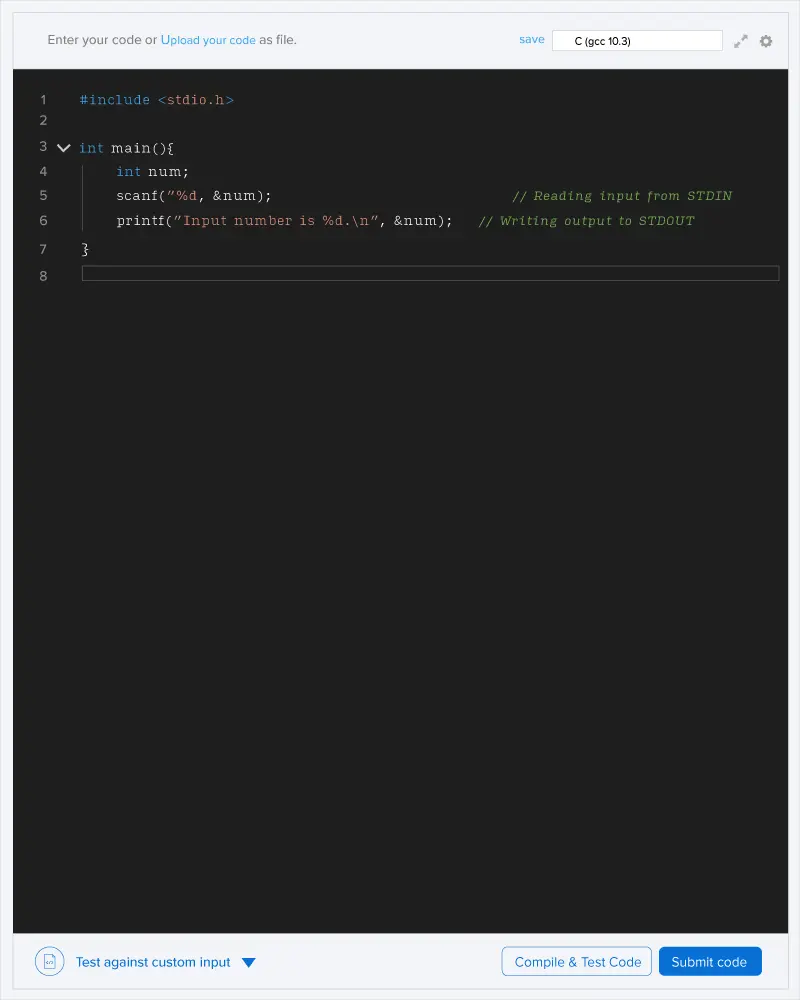Akshit and Rahul are playing a game. Initially, two positive integers A and B are written on a blackboard. The players take turns, starting with Akshit. On his or her turn, a player can replace A with A - kB for any positive integer k, or replace B with B - kA for any positive integer k. The first person to make one of the numbers drop to zero or below loses.
For example, if the numbers are initially (12, 51), the game might progress as follows:
Akshit replaces 51 with 51 - 3*12 = 15, leaving (12, 15) on the blackboard.
Rahul replaces 15 with 15 - 1*12 = 3, leaving (12, 3) on the blackboard.
Akshit replaces 12 with 12 - 3*3 = 3, leaving (3, 3) on the blackboard.
Rahul replaces one 3 with 3 - 1*3 = 0, and loses.
We will say (A, B) is a winning position if Akshit can always win a game that starts with (A, B) on the blackboard, no matter what Rahul does.
Given four integers A1, A2, B1, B2, count how many winning positions (A, B) there are with A1 ≤ A ≤ A2 and B1 ≤ B ≤ B2.
Input
The first line of the input gives the number of test cases, T. T test cases follow, one per line. Each line contains the four integers A1, A2, B1, B2, separated by spaces.
Output
For each test case, output one line containing "Case #x: y", where x is the case number (starting from 1), and y is the number of winning positions (A, B) with A1 ≤ A ≤ A2 and B1 ≤ B ≤ B2.
CONSTRAINTS
1 ≤ T ≤ 100. 1 ≤ A1 ≤ A2 ≤ 1,000,000. 1 ≤ B1 ≤ B2 ≤ 1,000,000.

